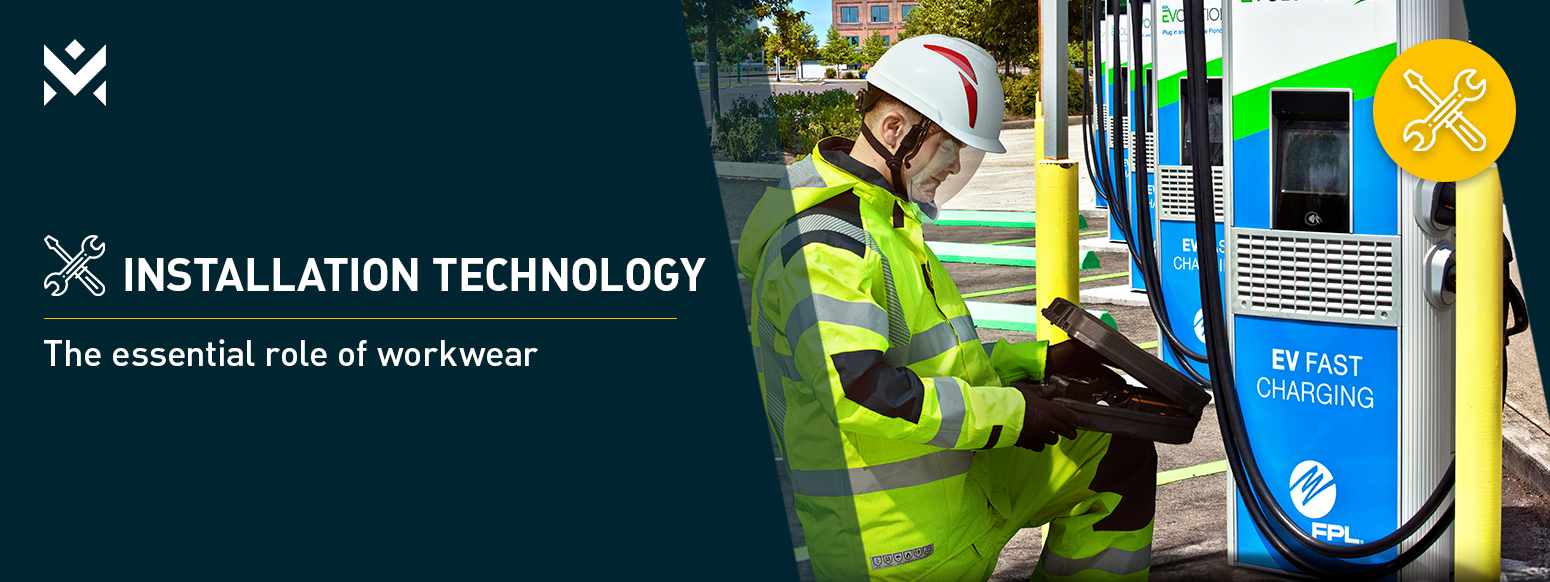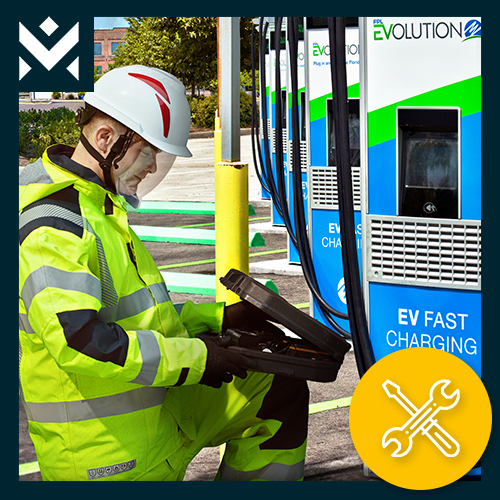
Installation technology – The essential role of workwear
Installation technology – the essential role of workwear
Picture this: an installer is installing a boiler at a busy job site. While working, he trips over a loose pipe and loses his balance. Fortunately, he is wearing sturdy work boots with steel toe caps, which leaves him unharmed. Later that day, while working on an electrical installation, he accidentally causes a short circuit, creating an electric arc. This arc can cause serious burns, but thanks to his arc-resistant work clothes, he is protected from injury
Situations like this show how important proper workwear is in installation technology. Dangers can surface at any time, and the right clothing can prevent accidents. This article discusses the essential role of workwear for installers and provides practical recommendations to significantly increase their safety.
The Importance of Good Workwear at Electrical Installations
When working on electrical installations, proper workwear is essential to ensure the safety of installers. This clothing not only protects against physical hazards such as burns from arcing, but also has antistatic properties. The following explains how different types of workwear contribute to safety when working on electrical installations.
Protection against Arc and Electric Shock
Working with electrical installations involves the risk of short circuits, which can cause electric arcs. An arc occurs when electricity leaps through the air, which can lead to extreme heat, bright flashes of light and severe burns. Proper workwear is necessary to mitigate these hazards.
Essential garments and accessories for protection against electrical hazards are:
- Arc-resistant clothing: This clothing is specially designed to protect against the heat and energy of an arc. The material minimizes the risk of burns when exposed to an arc. It is critical that the clothing meets standards such as EN 61482, which provides protection against thermal hazards from electric arcs.
Our recommendations:
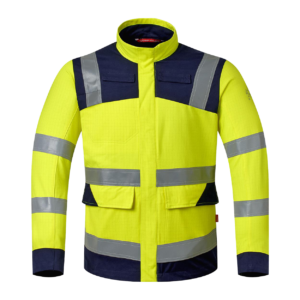 |
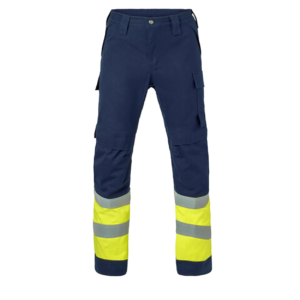 |
| HAVEP 50428 JACKET Art. No.: 2.22.645.00 |
HAVEP 80570 PANTS Art. No.: 2.61.771.00 |
- Protective gloves: Installers must wear special gloves that protect against electric shock. These gloves must withstand a certain voltage, for example 1000V, depending on the specific work. The proper gloves comply with standard EN 60903, which specifies requirements for insulating gloves for electrical work.
Our recommendations:
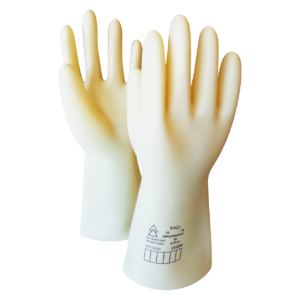 |
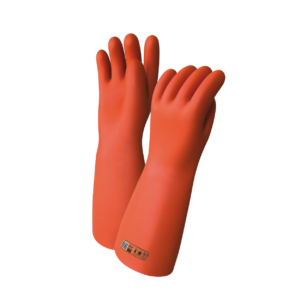 |
| ELECTRO LATEX GP-0 GLOVE Art. No.: 1.99.996.00 |
COMPOSITE CLASS 0 1000V ARC FLASH GLOVE Art. No.: 1.99.985.00 |
- Face and head protection: In addition to clothing, it is essential to protect the face and head from the extreme heat and flashes of light that an arc can cause. Face shields and helmets that meet arc-resistance standards provide the necessary protection to prevent serious burns.
Our recommendation:
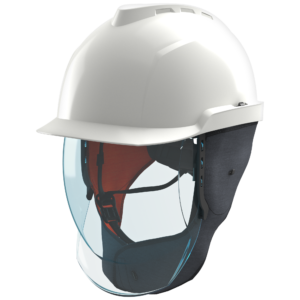 |
| MSA V-GARD 950 CLASS 2 UNVENTILATED SAFETY HELMET Art. No.: 6.16.876.02 |
Protection against Liquids and Chemicals
Although the risk of exposure to liquids and chemicals in installation engineering is limited, installers may sometimes come into contact with splashes of coolants or other nonaggressive fluids. In such cases, protective clothing against liquids is important, but it is often limited protection against light splashes.
- Clothing with limited protection against liquids: Workwear complying with standard EN 13034 (type 6) provides limited protection against liquid splashes and is suitable for situations where incidental contact with non-aggressive liquids is possible.
Our recommendations:
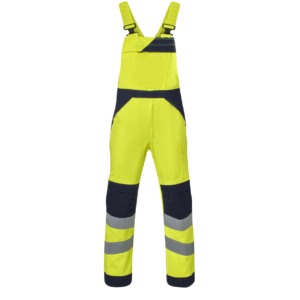 |
 |
| HAVEP 20441 AMERICAN OVERALL Art. No.: 2.12.495.00 |
HAVEP 50410 SOFTSHELL JACKET Art. No.: 2.22.652.00 |
Practical Recommendations for Workwear in Installation Engineering
To help installers work safely and efficiently, here are some practical tips regarding workwear:
- Choose the right size and fit: Work clothes should be comfortable and provide adequate freedom of movement. Clothing that is too tight or too loose can make working difficult or even dangerous.
- Regular maintenance: Check clothing regularly for wear and tear and follow the manufacturer’s maintenance instructions. Damaged workwear no longer provides proper protection.
- Replace damaged clothing in a timely manner: Worn or damaged clothing should be replaced immediately to ensure that the installer remains properly protected.
Investing in the right workwear and accessories, such as arc-resistant clothing, protective gloves and face protection, helps installers perform their jobs safely and significantly reduces the risks of serious injury.
Need help?
Want advice or additional information on which workwear or other PPE is suitable for working in installation technology? Contact us today at T. +31 (0)181 47 50 00. Our enthusiastic team will be happy to tell you more!


